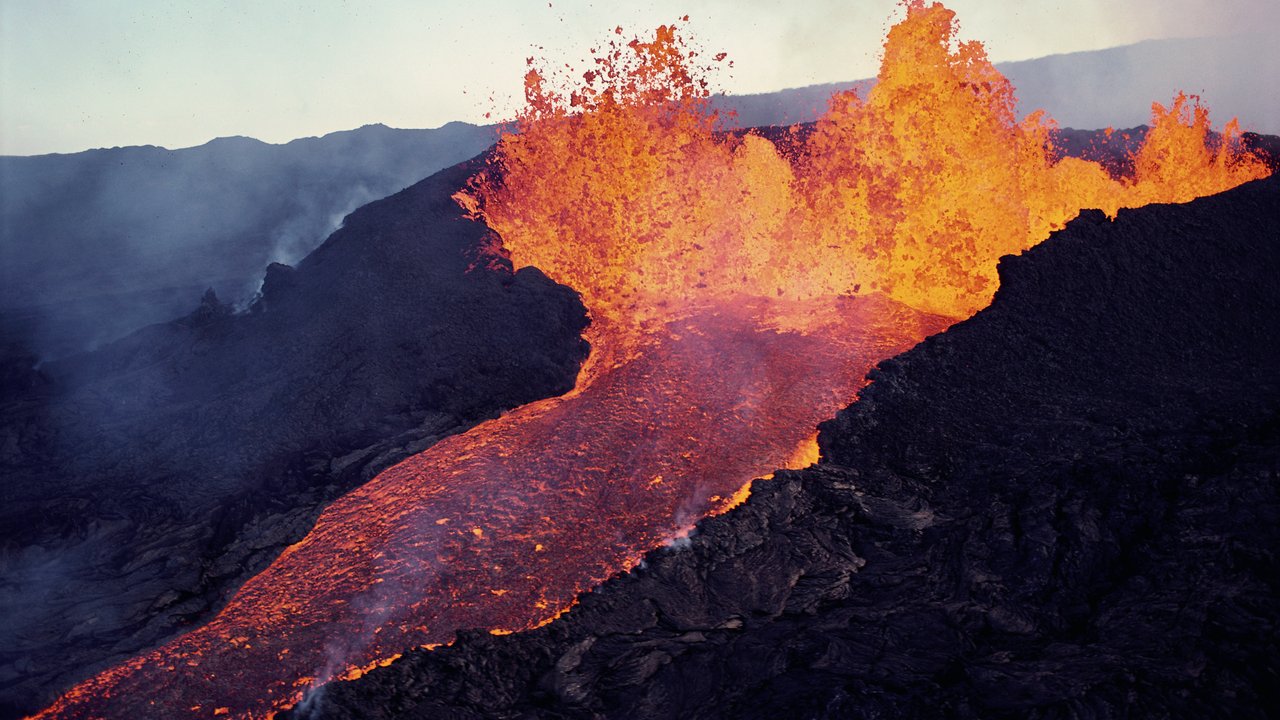
Alexander Allmann, earthquake and volcanism expert at Munich Re, talks about Tambora and the risks associated with volcanoes:
What would the consequences of an eruption comparable to that of Tambora be today?
The return period for a volcanic eruption with global impact, as was the case with Tambora in 1815, is once every 250 years worldwide. This means that the probability of such a violent eruption for individual volcanoes, is very, very low. As regards the consequences of a "Tambora II", the destruction in a large area around the volcano would again be massive. Today, however, volcanic eruptions can be predicted with a relatively high level of reliability. This makes it possible in many cases to bring large numbers of people to safety, as, for example, in 1991 with the eruption of Pinatubo on the Philippines. The number of fatalities would therefore be far lower today than in 1815. And the large-scale famines of 1816 would surely not recur.
What would the scope of the financial consequences be?
The scope of the losses depends on the type of eruption and location of the volcano. The loss potential of a major eruption of Vesuvius, near Naples, for example, is much greater than that of another Tambora eruption. Depending on the eruption and the direction of the wind, aviation might also be strongly impacted. It is important to note that there are at present no signs of a pending gigantic eruption of the dimensions of Tambora anywhere in the world.
How are volcanic eruptions classified in comparison with other natural catastrophes?
Extremely severe volcanic eruptions are very rare occurrences, even globally. Furthermore, they are predictable to a certain extent, which helps to mitigate losses and, above all, the number of potential fatalities. Generally speaking, cyclones and earthquakes have a much higher loss potential due to the frequent severity of the events, in spite of the fact that individual extreme volcano scenarios can potentially attain similar overall losses. This makes further investment in early-warning systems important.
How does Munich Re contribute to risk minimisation?
In addition to normal covers, we offer insurance solutions for business interruption to airports and airlines. And we are collaborating with other organisations on building a global volcano model that better depicts the financial consequences of volcanic eruptions in theory and can thus contribute to meaningful prevention measures.
Related Topics
Newsletter
properties.trackTitle
properties.trackSubtitle